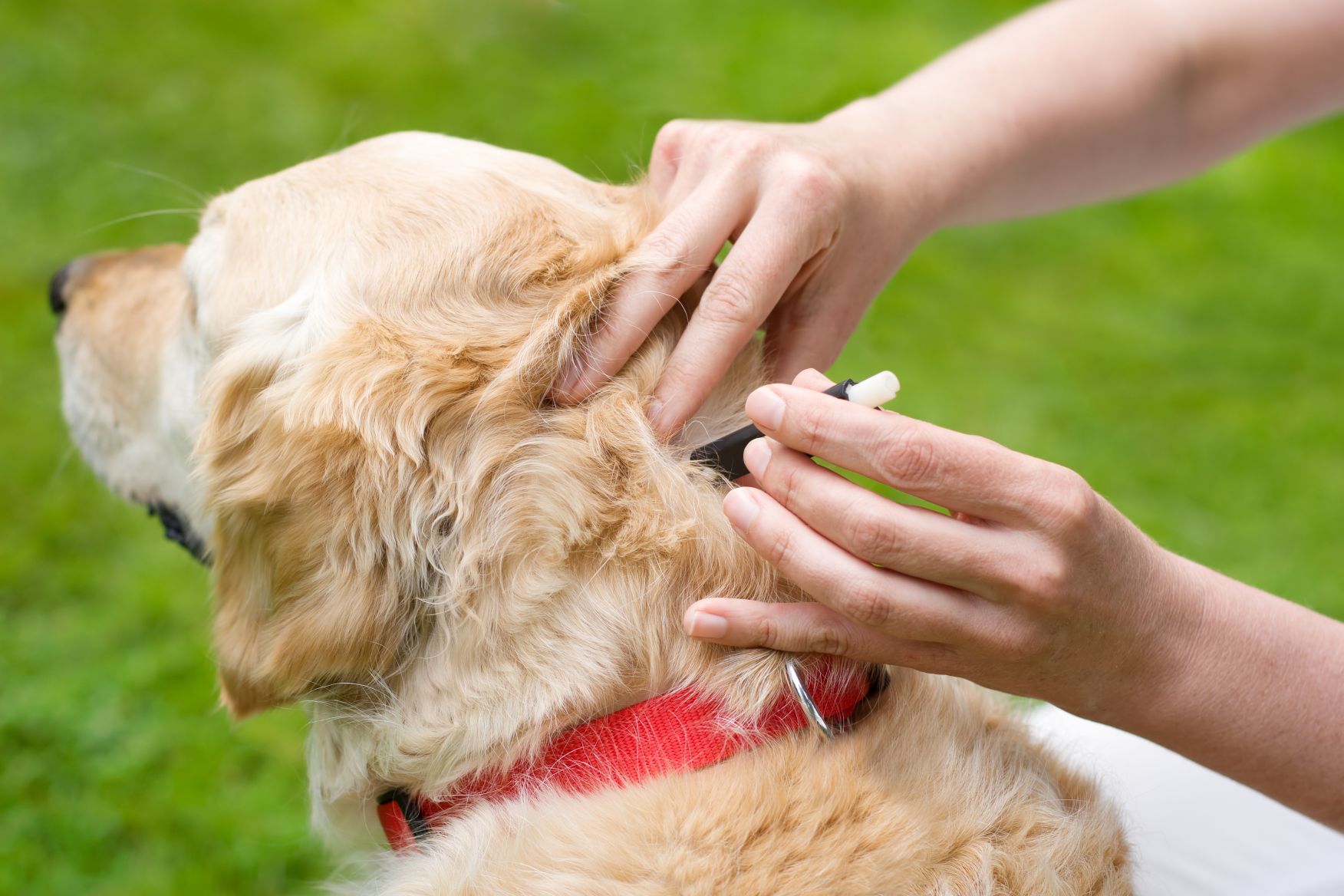When Is the Best Time to Protect Your Pet From Ticks? All the Time!

Did you know that your pet doesn’t actually need year-round parasite prevention? April Fool’s! On the contrary, the best way to protect your pet from ticks and other vectors is to keep them on a schedule all year long. While many pet owners believe that parasite prevention is only necessary during the spring and summer, the fact is that fleas, ticks, and mosquitoes continue to threaten animal health and wellness no matter the season.
Notorious Arthropods
California is home to numerous pests, but there are four main tick species to be aware of in and around Placer County:
- The Western Black-Legged Tick is the primary vector for Lyme Disease in our locality, notably between October and July.
- The Pacific Coast Tick transmits Rocky Mountain spotted fever
- The American Dog Tick also actively transmits Rocky Mountain spotted fever during the months between May and August.
- Ornithodoros hermsi is a soft-shelled tick that causes relapsing fever.
Pet owners are naturally cautious about tick-borne illnesses, especially if they enjoy the great outdoors with their pets. In addition to the above-listed ticks and the diseases they commonly spread to animals and people alike, ticks in Placer County can spread Tularemia, Babesiosis, Anaplasmosis, and Ehrlichiosis.
Ticks have four stages to their life cycle: egg, larva, nymph, adult. Each stage except egg requires a blood meal to develop to the next stage.
A Word On Lyme
Lyme disease is the most common tick-borne illness. Symptoms include:
- Fever
- Lethargy
- Appetite loss
- Lameness (intermittent or recurring)
- Stiffness or joint pain
- Swelling of the joints
Because symptoms can progress to kidney failure, neurological issues, or heart problems, it is essential to seek testing dn treatment for Lyme disease.
Protect Your Pet From Ticks
Ticks can be found in bushy, overgrown areas in the woods or trailsides. Because they don’t jump like fleas or fly like mosquitos, ticks lie in wait for the prey to walk by them. Perched on grass, sticks, or debris, ticks can sense when an animal is near and prepare themselves to grasp onto a moving leg. Then ticks look for a suitable place to attach and feed.
- Try to wear light-colored pants when out hiking, wear an insect repellent with DEET, and conduct routine inspections throughout the day.
- If possible, always keep your pet on well-traveled pathways, away from grassy or bushy areas.
- Be sure they are up to date with their parasite prevention medication.
- Consult your veterinarian if your dog’s lifestyle warrants the Lyme disease vaccination.
A Way Forward
Generally, the longer a tick stays in place the greater chance of spreading disease. If a tick is removed shortly after they attach it is less likely to transmit disease. They will try to feed until full and then fall off their prey. We recommend closely inspecting your pet’s feet, legs, belly, chest, neck, ears, and back for any signs of an attached tick.
Please call us at (916) 791-8387 with questions about the ways to protect your pet from ticks, or if you have concerns about safely removing an embedded tick. If it’s been a little while since your pet’s last wellness exam, it’s a great time to jumpstart their parasite prevention tactics.


